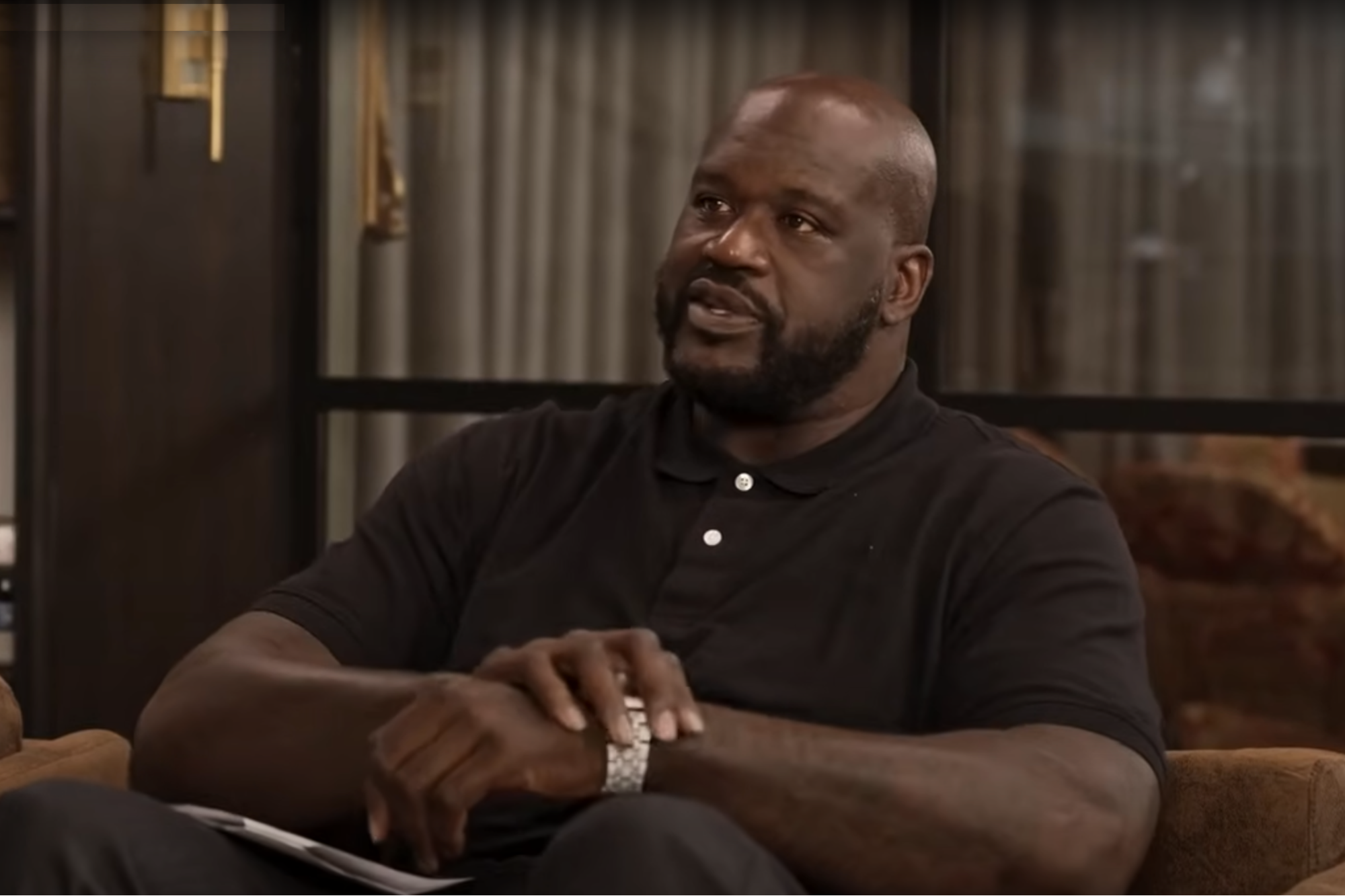How Staples Plans to Come Back After U.S. Killed Office Depot Merger The office supplies giant is going after smaller companies.
By Phil Wahba
This story originally appeared on Fortune Magazine

Staples laid out a turnaround plan on Tuesday evening after the Federal Trade Commission effectively killed its proposed blockbuster acquisition of rival Office Depot.
Federal Judge Emmet Sullivan granted the FTC's request for a preliminary injunction to stop the deal following the agency's argument that there was a "reasonable probability" that the merger would "substantially impair competition" in the sale of office supplies to large business customers, Reuters reported.
The two office supply giants terminated their planned merger rather than appeal, and Staples will pay smaller rival Office Depot a $250 million break-up fee. Staples is also ending its plan to sell more than $550 million in large corporate contract business and related assets to Essendant, a move that had been intended to mollify the FTC, which was concerned about the impact of the Office Depot deal on the business-to-business market.
Shares of Office Depot plunged 26 percent while shares of Staples fell 10 percent in extended trading following the judge's ruling.
"We are extremely disappointed that the FTC's request for preliminary injunction was granted despite the fact that it failed to define the relevant market correctly, and fell woefully short of proving its case," Ron Sargent, Staples' CEO, said in a statement.
Staples made its initial offer to buy Office Depot in early 2015 in a cash-and-stock deal valued at $5.5 billion at the time. But by December, the FTC sued to block the buyout, prompting Staples to take the government to court.
The FTC has said the combined company would create an overly dominant player that had a corner on nearly 70 percent of the corporate services market. In court documents, Staples countered that it "competes vigorously" with the likes of Amazon.
The FTC stopped a previous merger attempt between the same two companies in 1997. Since then, Amazon and big box stores like Costco Wholesale and Walmart have entered the market, eating at the market share of the office supply retailers.
Although the news of the merger's end was widely expected, it comes on the heels of a number of poor quarters for Staples. Last month, it reported that same-store sales fell 5 percent in its most recent quarter, while Staples' massive online business provided little relief, rising only 1 percent. Its services to business segment fell 1.4 percent.
Without the cost savings and extra sales it would have gotten from buying Office Depot, Staples is looking for new avenues of growth. As part of its turnaround plan announced Tuesday, Staples said it would look to expand its business with smaller companies that employ 10 to 200 employees and to diversify away from the Fortune 1000 companies that are its bread and butter.
It also plans to add 1,000 people to its sales force and push its private label products harder. Staples will also look to buy business-to-business service providers beyond office supplies.
What's more, Staples is looking to sell off its European business and continues to shrink the number of stores it has in North America. It has closed more than 300 of its North American stores since 2011, and plans to close at least 50 more this year, as a previously announced, for a total nearly 1,550 in the region. The company also announced a new multi-year cost cutting plan to save $300 million a year by the end of 2018.
As for Office Depot, the company said in a statement that it would share its plans next week when it reports quarterly earnings. But it noted that it would now focus on absorbing OfficeMax, a competitor it bought a few years ago.











